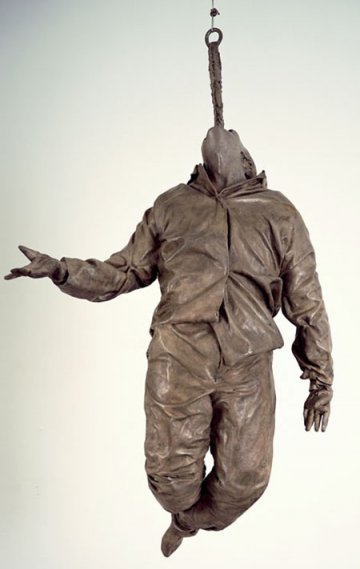
A central figure in Glasgow’s vibrant art scene, Luke Fowler creates cinematic collages that break down conventional approaches to biographical and documentary film-making.
Fowler’s films have often been linked to British Free Cinema of the 1950s, whose distinctive aesthetic came out of a conscious decision to engage with the reality of British society. Fowler uses similarly impressionistic sound and editing, and avoids didactic voice-over commentaries and narrative continuity. However, the artist moves beyond simply referencing the work of his predecessors. He intuitively applies the logic, aesthetics and politics of his subjects to the films he constructs about them.
The results are atmospheric, sampled histories that reverberate with the vitality of the people he studies.




